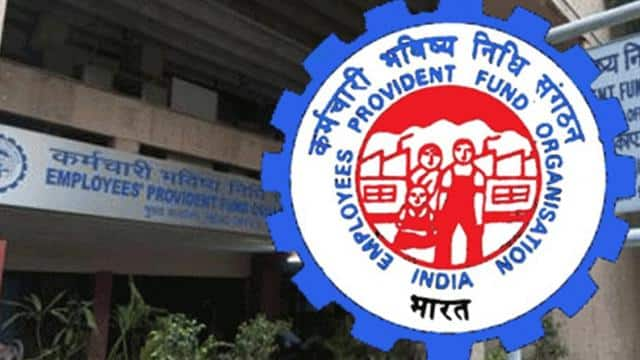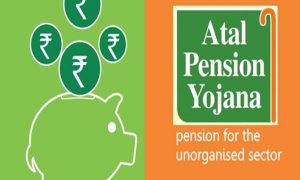The government is considering raising the limit on tax-free contributions to the Voluntary Provident Fund (VPF) within the purview of the Employees’ Provident Fund Organisation (EPFO) from the current Rs 2.5 lakh. Currently, any interest earned exceeding Rs 2.5 lakh is subject to taxation. This initiative aims to encourage individuals with lower-middle and middle incomes to increase their savings through EPFO, ultimately aiding in the accumulation of a substantial retirement fund.
Sources familiar with the matter have indicated that the Ministry of Labour is currently reviewing this proposal and may engage in discussions with the Ministry of Finance during the budget deliberations for the fiscal year 2026, as reported by the Economic Times.
Read More: Days before Diwali, bad news for Zomato customers as food delivery platform increases…
What is Voluntary Provident Fund?
The VPF is an optional investment made by salaried employees in addition to the mandatoDays before Diwali, bad news for Zomato customers as food delivery platform increases…ry EPF. It can be defined as an extension of EPF that allows employees to increase their retirement savings and earn the same interest rate as their original PF deposits. Just like EPF, contributions to a VPF also benefit from compounding interest, as returns are reinvested annually.
It is important for VPF subscribers to be aware that any withdrawals made before completing a minimum tenure of five years may be subject to taxation. Similar to EPF, VPF funds are disbursed upon retirement, resignation, or in the unfortunate event of the account holder’s passing, to their nominated beneficiary.
One of the main advantages is that it is a government-supported savings plan with low risks and high returns. This contribution exceeds the 12% contribution made by an employee towards their EPF. The maximum contribution is up to 100% of Basic Salary and Dearness Allowance. Interest is earned at the same rate as the EPF.
Read More: Now invest online in FDs giving up to 9.5% interest rate through MobiKwik; check details
Tax-free status
The Rs 2.5 lakh ceiling on voluntary contributions was introduced in the FY22 budget to prevent high-income employees from using the facility to earn tax-free interest higher than that offered by banks or fixed deposits. The move was aimed at high-income employees who were using the facility to earn tax-free interest that exceeded the interest on bank or fixed deposits.
The EPFO has an average of 70 million monthly contributors, over 7.5 million pensioners, and a corpus exceeding Rs 20 lakh crore. EPFO allows employees to contribute more by opting for the Voluntary Provident Fund (VPF). An employee can request their employer to deduct more than the mandatory 12% contribution. The maximum VPF contribution can be up to 100% of the basic salary and dearness allowance, with the same rate of interest as the original contribution.
Typically, VPF falls into the exempt-exempt-exempt tax category. This means that contributions, interest, and maturity proceeds are all tax-exempt.
EPF contributions up to Rs 1.5 lakh per financial year qualify for tax deductions under Section 80C of the Old Tax Regime. Employees can contribute up to Rs 2.5 lakh annually to VPF without facing additional taxes. Withdrawals and the maturity amount from the provident fund are also exempt from taxes.
Read More: Banks to report credit card data to CICs biweekly: How will it impact you and banks?
VPF interest rates
EPFO has been offering interest rates above 8% since FY78, reaching a peak of 12% in FY90 and maintaining that level for 11 years until FY2000. The interest rate on PF accumulation was 8.10% for FY22, 8.15% for FY23 and 8.25% for FY24.
Savings in EPF and VPF
By investing Rs. 20,833 per month in EPF and VPF, totaling Rs. 2.5 lakh annually, at an annual interest rate of 8.25%, you can accumulate approximately Rs. 3.3 crore over a 30-year period.





































